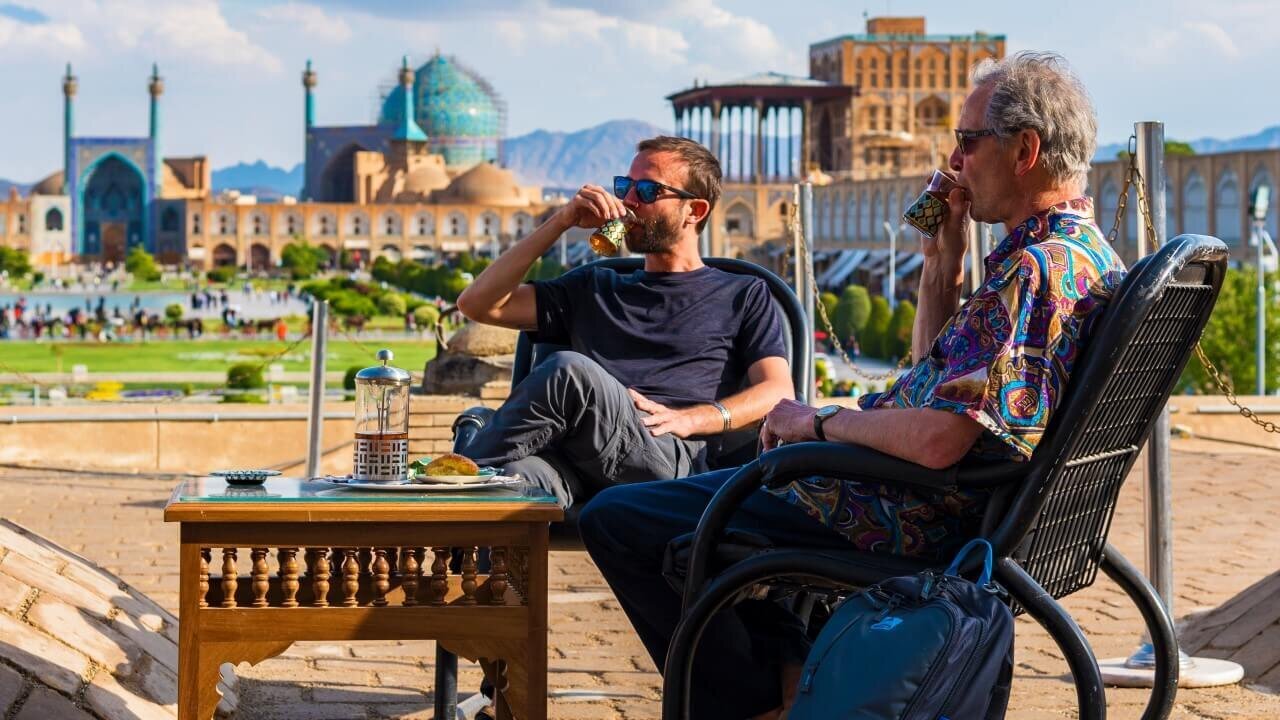Iran celebrates Intl. Day for Monuments and Sites amid rich cultural legacy

TEHRAN - Each year on April 18, many countries across the globe celebrate the International Day for Monuments and Sites (IDMS) — a date dedicated to recognizing and protecting the cultural treasures that connect us to the past.
For Iran, a nation with a millennia-old civilization and an exceptional wealth of historic landmarks, this occasion holds special meaning.
The ancient land, often referred to as the cradle of civilization, is home to an extraordinary variety of cultural and architectural gems — from ancient bazaars and majestic mosques to historical bathhouses, bridges, madrasas, churches, mausoleums, towers, and royal mansions. This architectural diversity reflects the layers of history and civilizations that have shaped the country over millennia.
With 28 sites inscribed on the UNESCO World Heritage list, Iran ranks among the top nations in the world in terms of recognized heritage sites. These include iconic places like Persepolis, the ceremonial capital of the Achaemenid Empire; Naqsh-e Jahan Square in Isfahan, a masterpiece of Islamic architecture; and the Historical City of Yazd, a living testimony to desert urban planning and Zoroastrian culture.
Like previous years, Iran’s Ministry of Cultural Heritage, Tourism, and Handicrafts has declared that entry to cultural heritage museums and historical sites would be free of charge to make the day.
While each year's IDMS comes with a different theme, the International Council on Monuments and Sites encourages countries to highlight topics most relevant to their own cultural context. In Iran, where heritage preservation often faces challenges such as urban development, climate change, and insufficient public awareness, this day serves as a valuable occasion to raise attention and promote conservation efforts.
Beyond celebration, April 18 is a call to action — a day not only to admire the beauty of Iran’s monuments and sites but also to ensure they endure for future generations. Events held across the country often include guided tours, exhibitions, lectures, and student activities — both physical and virtual — inviting people of all ages to engage with their cultural roots.
As cultural heritage becomes increasingly threatened in many parts of the world, the International Day for Monuments and Sites reminds us of the importance of international solidarity. For Iranians, it is a proud reflection of a vast and vibrant heritage — one that has long contributed to the world’s cultural tapestry and continues to inspire awe and admiration today.
AM
Leave a Comment